Seasons of Training. There are going to be different periods of time in your lifelong pursuit of physical fitness.

Seasons of Training
Having done some sort of physical training for the past few decades, I have come to realize that there are “seasons” in training. Similar to the seasons during the year. What needs to be constant is staying active. And continuing to be active no matter the season you are in.
In a Funk?
Sometimes you will feel like you aren’t motivated. Often times, you forget why you are training. As adults you are told to train. But often you don’t realize what you are training for.
This is normal. You just need to realize why you are training.
What motivates
I have experienced the full spectrum of motivational levels throughout my time training and competing and I’ve dealt with the emotions that go along with them. This has ranged from being hyper-motivated to not really wanting to train.
If you don’t know what is motivating you at this specific time, then default to these:
Resting heart rate
Measuring resting heart rate (RHR) is considered a valuable indicator of cardiovascular health and overall fitness. Here are three big reasons it is a great measurement of fitness.
Cardiovascular Fitness:
Resting heart rate reflects the efficiency of the cardiovascular system in delivering oxygen-rich blood to the body’s tissues at rest. Individuals with lower resting heart rates typically have stronger and more efficient hearts, which pump blood more effectively with each beat. A lower RHR indicates better cardiovascular fitness and a reduced risk of cardiovascular disease.
Fitness Level:
Resting heart rate is inversely correlated with fitness level. Regular aerobic exercise, such as running, cycling, or swimming, can lead to adaptations in the cardiovascular system, including increased stroke volume (the amount of blood pumped per heartbeat) and improved cardiac efficiency. As a result, athletes and physically active individuals often have lower resting heart rates compared to sedentary individuals.
Heart Health:
Monitoring changes in resting heart rate over time can provide insights into heart health and potential cardiovascular issues. An elevated resting heart rate may be indicative of underlying conditions such as hypertension, heart disease, or stress. Detecting abnormalities in resting heart rate early on can prompt further evaluation and intervention to mitigate cardiovascular risks.
Body Fat %
Measuring body fat percentage is considered a valuable indicator of health. Body Fat % provides insight into the distribution of body fat and overall body composition. The biggest two reasons.
Risk of Chronic Diseases:
Excess body fat, particularly visceral fat stored around organs, is associated with an increased risk of chronic diseases such as cardiovascular disease, type 2 diabetes, hypertension, and certain cancers. Measuring body fat percentage helps identify individuals who may be at higher risk for these conditions and allows for early intervention and preventive measures.
Heart Health:
High levels of body fat, especially when concentrated around the abdomen, can lead to adverse effects on heart health, including elevated cholesterol levels, hypertension, and atherosclerosis. Monitoring body fat percentage helps assess cardiovascular risk factors and provides guidance for implementing lifestyle changes to improve heart health.
Strength to weight ratio
Measuring strength-to-weight ratio is a valuable indicator of health and fitness because it provides insight into an individual’s relative strength in relation to their body weight.
Functional Strength:
Strength-to-weight ratio reflects an individual’s ability to generate force relative to their body weight. A higher strength-to-weight ratio indicates greater relative strength, which translates to improved performance in various functional movements and activities of daily living, such as lifting, carrying, pushing, pulling, and climbing stairs.
Athletic Performance:
In sports and athletic pursuits, strength-to-weight ratio plays a crucial role in performance. Athletes with a higher strength-to-weight ratio can generate more power and speed relative to their body size, giving them a competitive advantage in activities such as sprinting, jumping, gymnastics, and weightlifting. Improving strength-to-weight ratio can enhance athletic performance and reduce the risk of injury.
Muscle Quality:
Strength-to-weight ratio reflects the quality of muscle mass relative to body weight. A higher strength-to-weight ratio indicates greater muscle density, lean body mass, and muscle efficiency. Improving strength-to-weight ratio involves increasing muscle strength while minimizing excess body fat, leading to a healthier body composition and improved metabolic health.
There are a near infinite number of ways to train and things to train for to keep it interesting. Understand that lifelong fitness is just that a lifelong pursuit. Stay on the path!
Thanks for checking out OC in Bend, Oregon. OC is Central Oregon’s premier coaching gym in Bend, Oregon.


